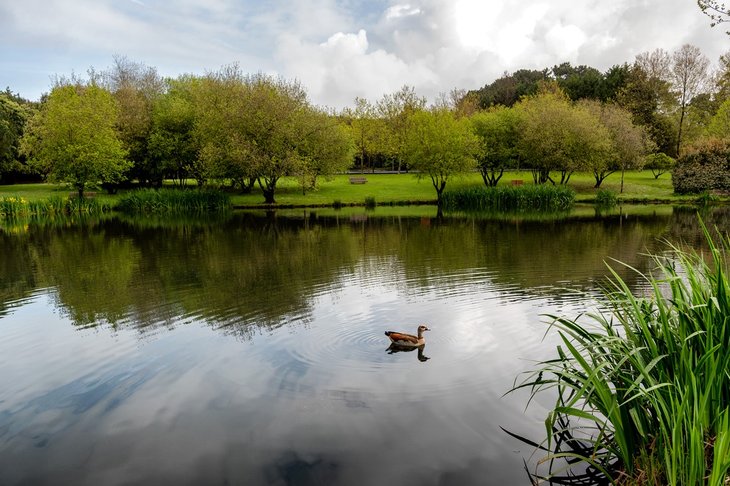Guide to understanding the Environment in Porto and the 2020 results
Article

The Municipality of Porto has released a Guide to help understand the Environment in the city. This 28-page document pinpoints the city's strategy regarding environmental issues and where it wants to stand in a near future.
Porto is working on reducing environmental footprints in various areas, such as promoting the transition of the city towards a more circular economy, get inspiration in Nature to plan and manage the territory, adapt to climate change and protect and value the natural heritage.
This strategy by the Municipality of Porto is put into operation through various action plans and so far the Invicta was able to reduce the carbon dioxide emissions in circa 36%, as the result of the decarbonisation of energy production and some local measures as well, such as the implementation of 100% LED street light or a 70% electric municipal car fleet.
In addition, in 2020, Porto City Hall is keeping the 52 measures pinpointed in the Municipal Strategy to Climate Change Adaptation active, which include the promotion of bioclimatic measures, like the setting up of garden roofs, for instance. Projects of the sort are ongoing in Porto, namely the green roofing of the School EB1 de Falcão, the Terminal Intermodal of Campanhã, and the building of the Municipal Company for the Environment, just to mention a few.
The FUN Porto Project - Florestas Urbanas Nativas do Porto ["Active Urban Forests in Porto] keeps a duly attested production of trees and native bushes for the planting of BioSpots (next to road sections and traffic routes) or for the purpose of tree offering to residents with private yards or gardens.
Between 2014 and 2019 the Municipal Nursery has produced 75 thousand indigenous trees and bushes.
Porto also participates in international projects, such as the "Cities and Circular Economy for Food", under an invitation by the Ellen MacArthur Foundation, which aims at developing a circular food system; it is worth mentioning that 780 hotels, restaurants, cafeterias and cafés in Porto already segregate organic waste before delivering it to the composting station.
The Municipality of Porto is a partner to European projects, with a special impact in the eastern part of town, as is the case of "URBiNAT- Urban Innovative and Inclusive Nature" (financed by H2020)ad the "myBUILDINGisGREEN", which are projects that feature nature based solutions. The goal is to promote biodiversity, respect the natural water cycle, store carbon, value soils, reduce energy consumption and make the city a better place for everyone.
Porto already has 35.170 m2 of rehabilitated waterfront areas, 13 urban gardens in the city and an area of circa four hectares and 4.550.000 m2 of green spaces for public use.
There is also the development of the Action Plan "Menos plásticos, mais Porto" ["Less Plastic, more Porto], whose goal is to define progressive measures and best practices to reduce or eliminate single use plastic within the municipal strictures, as well as the continued bet on boosting activities to raise awareness on environmental issues, within the existing five centres that work with schools and are devoted to this initiative.
Porto turned in circa 31.386 tons of waste for recycling to Lipor, and 6.950 tons of organic residues to the production of high quality fertilizers.
These results can be read at the "Short Guide for the Environment". This is a paper that presents the Environment in the city of Porto regarding the year 2020. It is available both in Portuguese and in English.